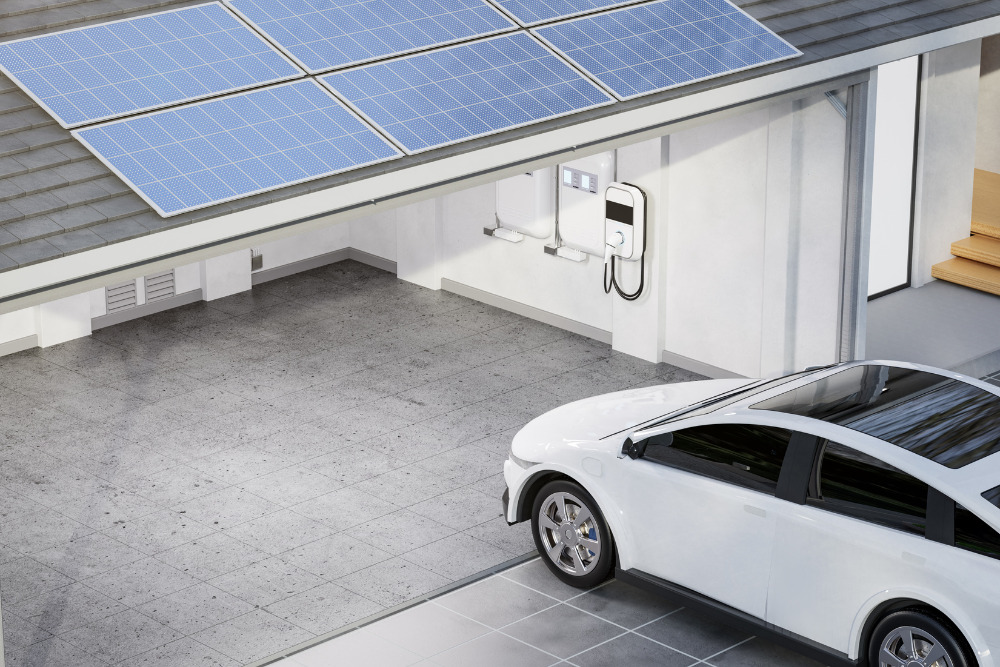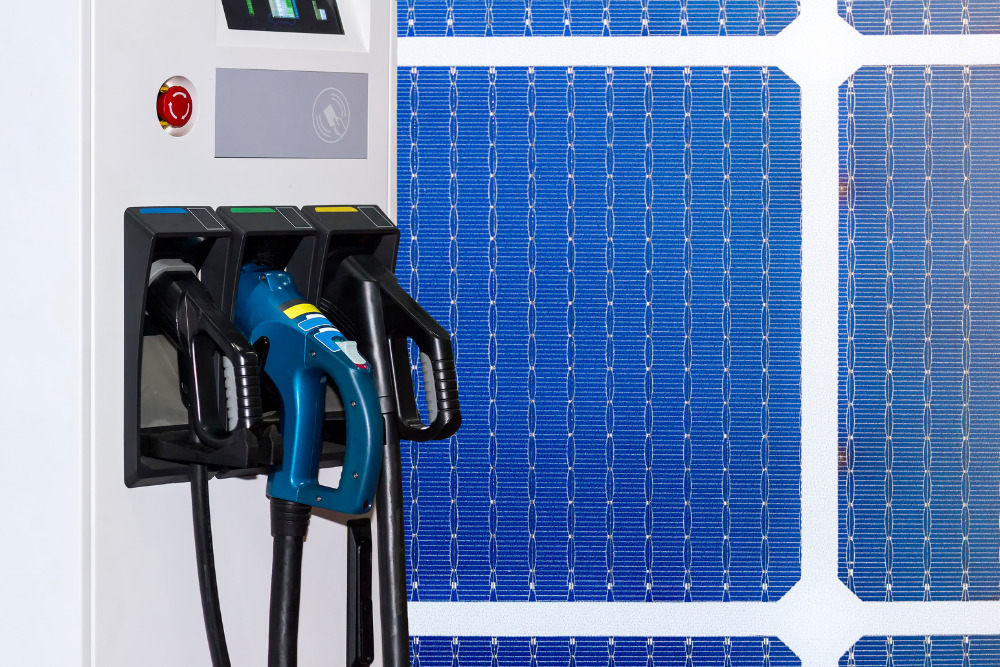
As the world turns to sustainable solutions to reverse climate change and reduce emissions from transportation, the integration of renewable energy sources like solar power with electric vehicles (EVs) is gaining significant traction.
Discover the various benefits, incentives, and technologies involved in integrating solar energy and electric vehicles. From understanding the fundamentals of solar-powered cars to exploring different EV models like the Tesla Model 3, Hyundai Ioniq 5, Nissan Leaf, and the plug-in hybrid Volt from Chevrolet, learn about the potential of combining these two sustainable power systems.
Also learn how net metering, tax credits, and government incentives help accelerate the adoption of solar EVs, and how this integration can contribute to a greener future and a more resilient electrical grid powered by renewable energy sources.
Where Is Solar Energy For EVs At The Moment?
The integration of solar energy with EVs is becoming increasingly accessible and cost-effective as innovative solutions arise, like solar charging systems, solar arrays, and even solar roofs on vehicles like the Lightyear 0 and Sono Motors' Sion.
By leveraging the power of the sun through solar cells, EV owners can tap into clean energy to charge their vehicles' batteries, reducing their reliance on fossil fuels and contributing to zero emissions transportation.
California, known for its progressive stance on clean energy, has emerged as a leader in promoting the synergy between solar and EVs. Advancements in photovoltaic technology and the rising popularity of EVs from automakers such as Tesla, Hyundai, Toyota, Nissan, and Aptera, mean the possibilities for harnessing solar energy to power electric vehicles are expanding rapidly.
Can Electric Cars Run On Solar Energy?
While electric cars typically charge their batteries from the electrical grid, it is possible to power them directly using solar energy. This is achieved by integrating solar panels into the vehicle or utilizing solar charging systems.
Solar-powered electric vehicles (EVs) have seen advancements in recent years, with some manufacturers incorporating solar cells into the car's design. These solar cells, often integrated into the vehicle's roof or body panels, capture sunlight and convert it into electricity to charge the car's battery. This allows the car to utilize clean and renewable energy for propulsion.
While solar energy alone may not be sufficient to power an electric car entirely, it can provide a supplemental charging source. By harnessing solar power, EV owners depend less on the electrical grid and fossil fuels.

Why Don’t EVs Have Solar Panels On The Roof?
The main reason electric vehicles (EVs) do not have solar panels on their roofs is due to space limitations and the amount of energy that can be generated.
Not Sufficient Energy
The surface area available on a typical vehicle roof is relatively small compared to the energy demands of an electric car. While solar panels on the roof can generate some electricity, the amount produced may not be sufficient to significantly impact the vehicle's battery range.
EV energy needs are relatively high, especially for longer journeys. To meet these demands solely through solar panels on the roof, a significant amount of space would be required.
Additionally, the angle and orientation of the vehicle while driving may not optimize solar panel efficiency, further limiting their effectiveness.
Sunlight Conditions
The efficiency of solar panels is based on the quality of the panels, sunlight conditions, and shading. This variability makes it challenging to consistently generate a substantial amount of energy to power the vehicle solely through rooftop solar panels.
However, it's important to note that there are some EV models on the market that do feature solar panels on their roofs. These panels are typically smaller in size and are designed to provide a supplementary charge to auxiliary systems within the car, such as ventilation or power for onboard electronics.
The Benefits Of Going Solar AND Driving An EV
Going solar and driving an electric vehicle offers numerous benefits that contribute to a greener and more sustainable future:
- By installing solar panels, you can create your own solar-powered charging station to charge your EV. Typically, it takes several hours to charge an EV using solar power, depending on the size of the solar array, the charging speed of the EV, and the amount of sunlight available.
- Charging your EV using traditional electricity undermines the purpose of driving an environmentally friendly vehicle. By going solar, you can offset or eliminate the need for grid electricity, and any excess energy your solar panels generate can be stored in batteries or returned to the grid.
- Solar power and EVs significantly contribute to reducing greenhouse gas emissions and air pollution when on the road. EVs, with their electric motors and zero tailpipe emissions, combat climate change and improve air quality, especially when powered by solar energy.
- Going solar and driving an EV provides energy independence by relying less on the traditional electrical grid. If your solar panel system features a battery storage solution, you can store excess solar energy for later use, even during grid outages or when the home battery is low. Additionally, EVs equipped with bidirectional charging capabilities can serve as mobile energy storage, allowing you to use the vehicle's battery to power your home or provide backup power during emergencies.
- For businesses, integrating solar power and EVs aligns with corporate social responsibility initiatives. Using solar panels, converting to an EV fleet, and setting up solar-powered charging stations for customers and employees shows a business’s commitment to sustainability and reducing its carbon footprint.


